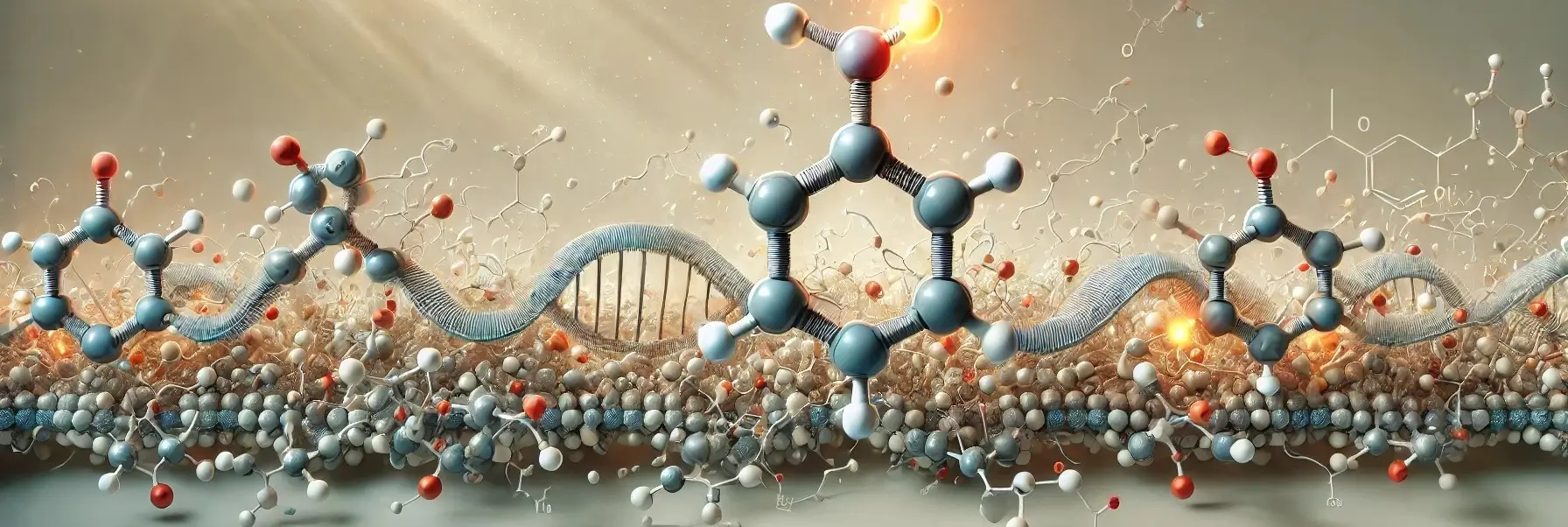- (ATP)Adenosine triphosphate is a complex organic chemical that plays a crucial role in the energy transfer within cells, making it essential for a wide range of biological processes.
- Adenosine triphosphate is often referred to as the “molecular unit of currency” of intracellular energy transfer.
- This means that Adenosine triphosphate is the primary energy carrier in all living organisms on earth.
- Cells use ATP to fuel chemical reactions that require energy, such as synthesis of macromolecules, muscle contraction, nerve impulse propagation, and active transport across cellular membranes.
Formation of ATP
- Adenosine Triphosphate is formed through several cellular processes, primarily through cellular respiration in mitochondria and, to a lesser extent, through glycolysis in the cytoplasm.
- The three main stages of cellular respiration contributing to ATP production are glycolysis, the citric acid cycle (Krebs cycle), and oxidative phosphorylation.
This is a sample ad placement!
1. Glycolysis:
- Occurs in the cytoplasm, breaking down glucose into pyruvate, producing a small yield of ATP directly through substrate-level phosphorylation and NADH.
2. Citric Acid Cycle:
- In the mitochondria, pyruvate is converted to Acetyl-CoA, which enters the cycle, producing NADH and FADH2 while releasing carbon dioxide.
This is a sample ad placement!
3. Oxidative Phosphorylation:
- The electrons from NADH and FADH2 travel down the electron transport chain in the inner mitochondrial membrane, creating a proton gradient that drives the synthesis of ATP through ATP synthase.
Role of ATP:
- It serves as the primary energy currency of the cell, crucial for various cellular functions:
-
Energy Transfer:
- It stores energy in its high-energy phosphate bonds. The hydrolysis (breaking) of these bonds releases energy that can be used by the cell for various processes.
-
Cellular Processes:
- It powers cellular processes requiring energy, including muscle contraction, nerve impulse propagation, ion transport across membranes, and synthesis of biomolecules.
-
Metabolic Regulation:
- Adenosine triphosphate levels influence metabolic pathways by serving as an indicator of cellular energy status, thereby regulating those pathways to match energy supply with demand.
-
This is a sample ad placement!
Thank you for reading from Firsthope's notes, don't forget to check YouTube videos!

